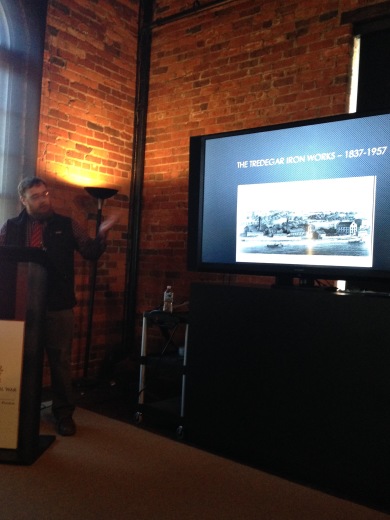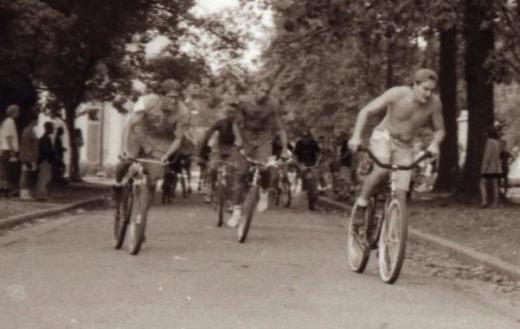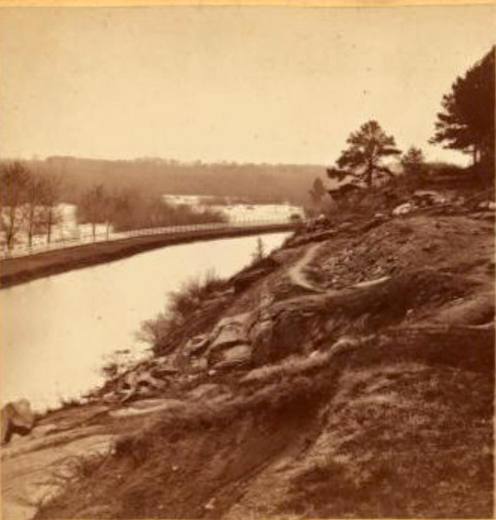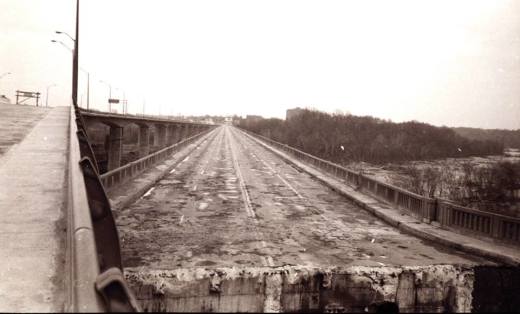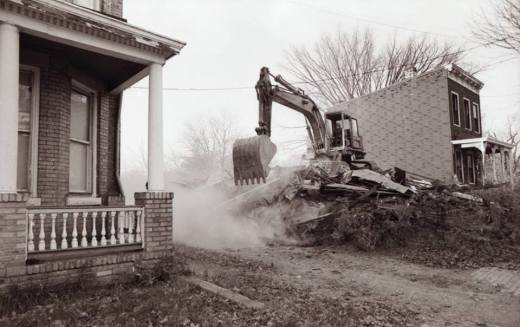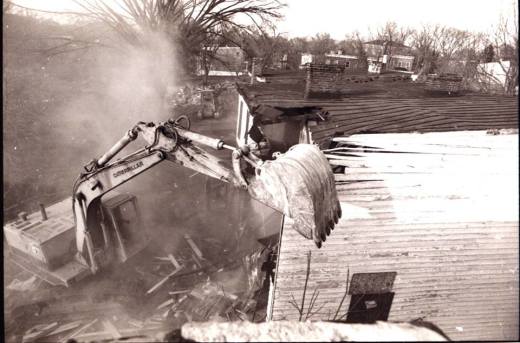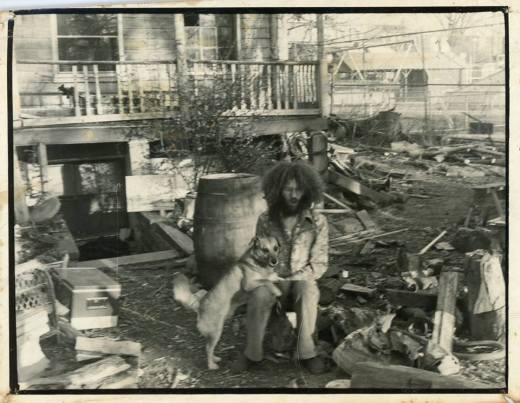Well, I apologize for failing to give prior notice on this, but local historian Nathan Madison just gave a great talk this very afternoon on the subject of his new book, Tredegar Iron Works: Richmond’s Foundry on the James, at…Tredegar Iron Works, of course (or as the Welsh pronounce it, “Treediger” Iron Works).
Richmond Magazine recently profiled Madison and his new book.
A fundamental portion of the overarching story are the families whose associations to Tredegar went on, in some cases, for generations, almost from beginning to end. “What I kept seeing in the employee ledgers were the same names, Anderson, Archer, Delaney, Glasgow, Harris, Krengel, Osterbind, for years and years, on and on. And it’s not just the management level, but the men of the shop whose kids marry Tredegar kids, and so it was quite like a big family.”
…
The endurance and resilience of the company against man-made and natural disasters impressed Madison. “How they kept operating, using hydro-power and not fully ever converting to electricity, and on antiquated equipment, is kind of amazing.” The company’s men worked hard and sometimes suffered and died from industrial accidents. But their families persevered. Tredegar survived, but not quite long enough to become what in today’s view would be a “niche” manufacturer. But until the very end, what made money for Tredegar was rail spikes and clamps.
At his presentation today, Madison covered the plant history very well and included many good profiles of the figures involved with it (despite multiple interruptions by the automated museum videos). Afterwards, Madison graciously answered questions and shared some of his research insights.
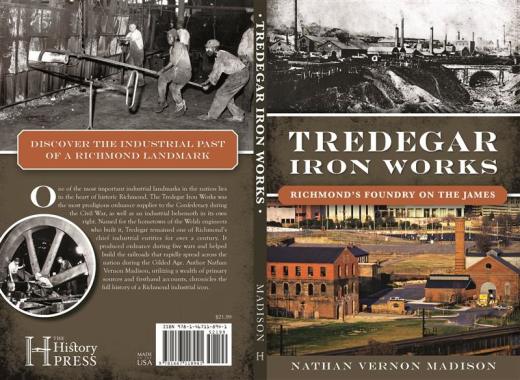
(With all of the Tredegar connections to the Oregon Hill, it is absolutely imperative that the Oregon Hill Home Improvement Council sponsor a talk and book-signing in the neighborhood in the new year!)
